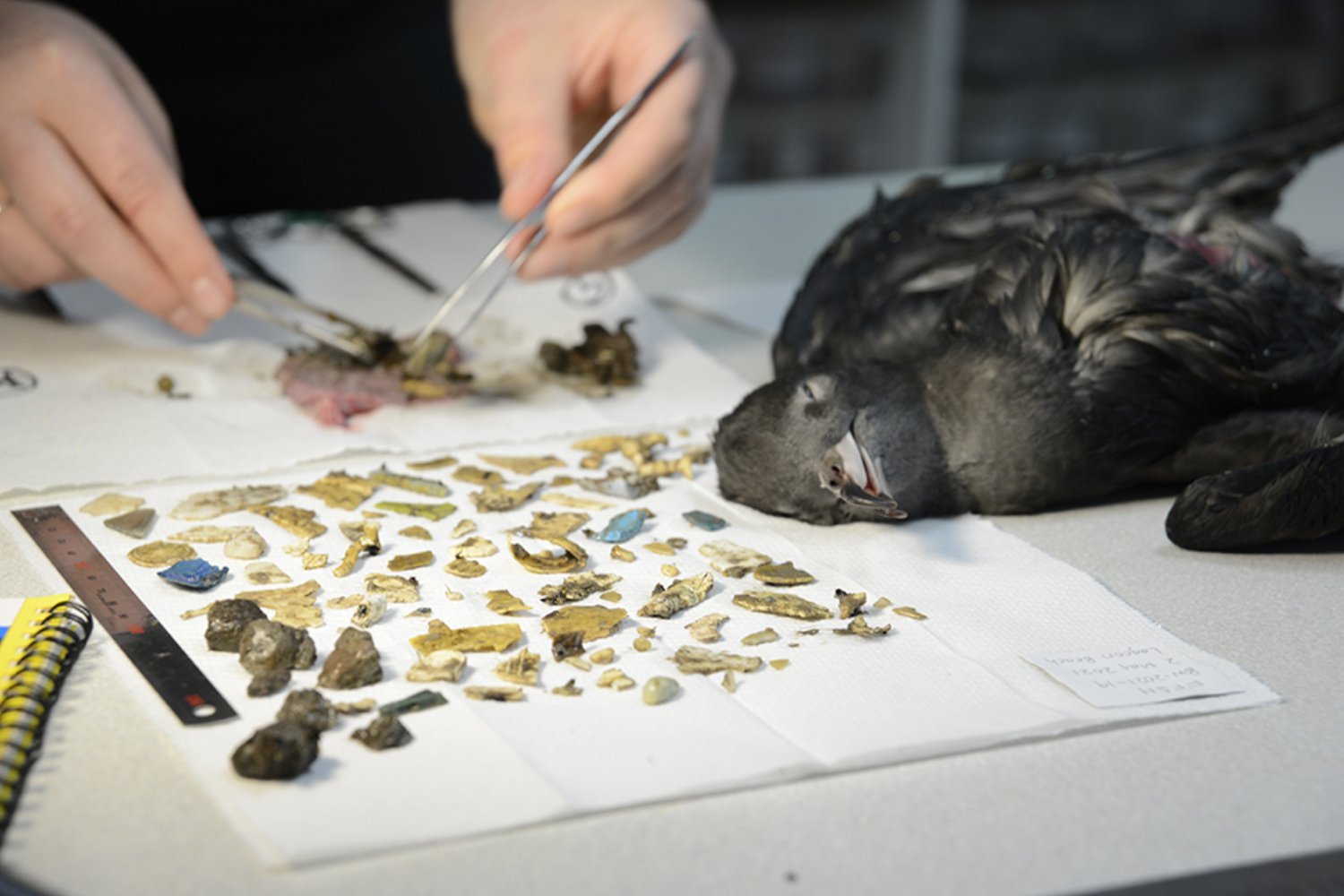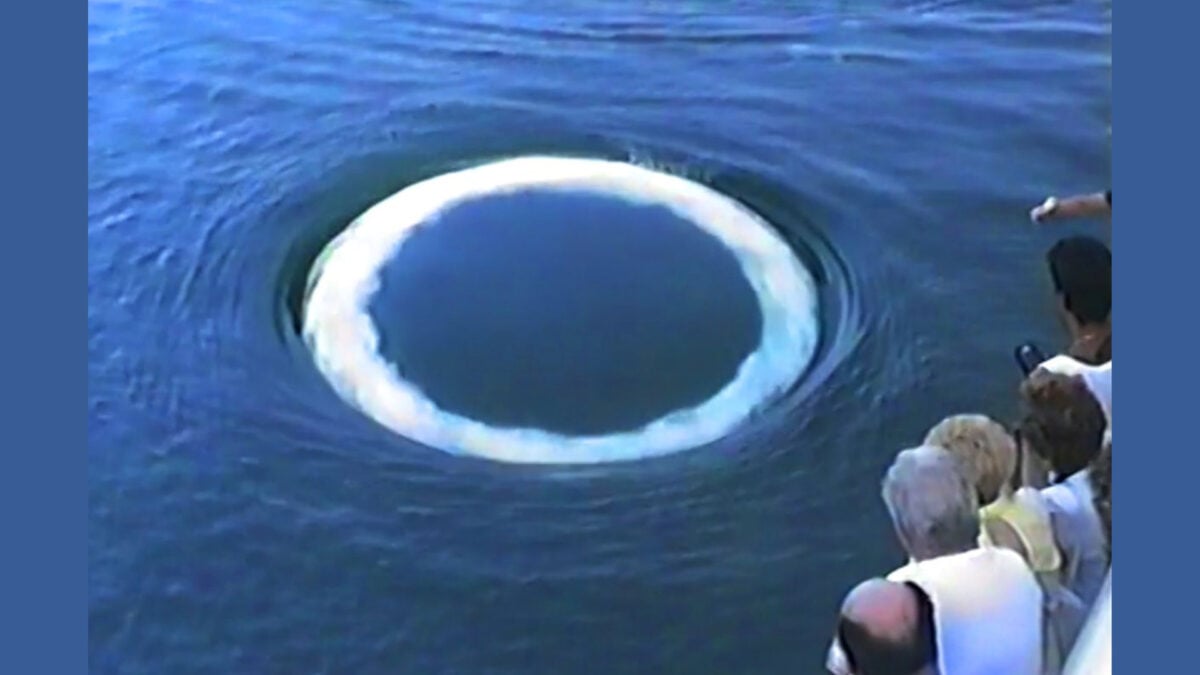Imagine colossal creatures, giant sloths as large as elephants, with formidable claws, once dominating American landscapes. These prehistoric behemoths, far different from their slow-moving modern relatives, have long puzzled scientists. Now, a groundbreaking study published in Science sheds new light on why these ancient ground sloths achieved such immense sizes and what ultimately led to their disappearance from Earth.
The Astonishing World of Ancient Giant Sloths
While today’s sloths are arboreal residents of Central and South America, prehistoric Americas, from Argentina to Canada, hosted diverse sloth species. The most striking were the ancient ground sloths. “They looked like grizzly bears but five times larger,” described Rachel Narducci, study coauthor from the Florida Museum of Natural History, in a statement. These terrestrial giants, too massive for trees, wielded long, sharp claws, some even excavating caves. The reason for their immense size, however, long remained a puzzle.
Decoding Gigantism: The Scientific Investigation
To unravel the evolutionary path to gigantism in giant sloths, scientists analyzed ancient DNA and meticulously examined over 400 fossil specimens. This extensive data helped construct a detailed sloth family tree, tracing their lineage back 35 million years. Crucially, the team estimated body weights from fossils to understand their size evolution.
Climate’s Influence: The Rise and Fall of Sloth Stature
The study revealed Earth’s past climate significantly shaped sloth evolution and size. Around 35 million years ago, early sloth ancestors in Argentina were dog-sized, remaining so for 20 million years as ground dwellers. A warming trend 16 million years ago led to smaller sloths, likely for heat regulation. Conversely, subsequent global cooling spurred a trend towards gigantism. This cooling also prompted their migration from Argentina across the Americas, reaching as far as Alaska and Canada.
Why So Big? Advantages of Being a Giant
Migrating into new, diverse environments, sloths adapted partly by increasing their body mass. This larger stature offered key evolutionary advantages: conserving heat in cooler climates and deterring predators. “This would’ve allowed them to conserve energy and water and travel more efficiently across habitats with limited resources,” Narducci explained. “And if you’re in an open grassland, you need protection, and being bigger provides some of that.” Their size was vital for survival.
The Final Chapter: Extinction of the Megafauna Sloths
Giant sloths reached peak colossal sizes during the Pleistocene Ice Ages (roughly 3 million to 12,000 years ago), shortly before their extinction. While the exact causes of this megafauna extinction are debated, evidence points to early humans, who arrived in the Americas around 20,000 years ago. These large ground-dwellers likely became a key food source, making their terrestrial nature a liability. The largest sloths vanished first. Tree-dwelling sloths also suffered losses; a few Caribbean species survived until about 4,500 years ago, their extinction also linked to humans.
In summary, the epic tale of the giant sloths is one of remarkable adaptation to fluctuating climates, leading to their incredible size, followed by a relatively swift decline. The latest research underscores the profound impact of environmental change on sloth evolution and strongly suggests human activity as a key factor in the extinction of these magnificent prehistoric megafauna. Today, only their much smaller, tree-dwelling cousins survive in Central and South America, a faint echo of a lost world of giants.











